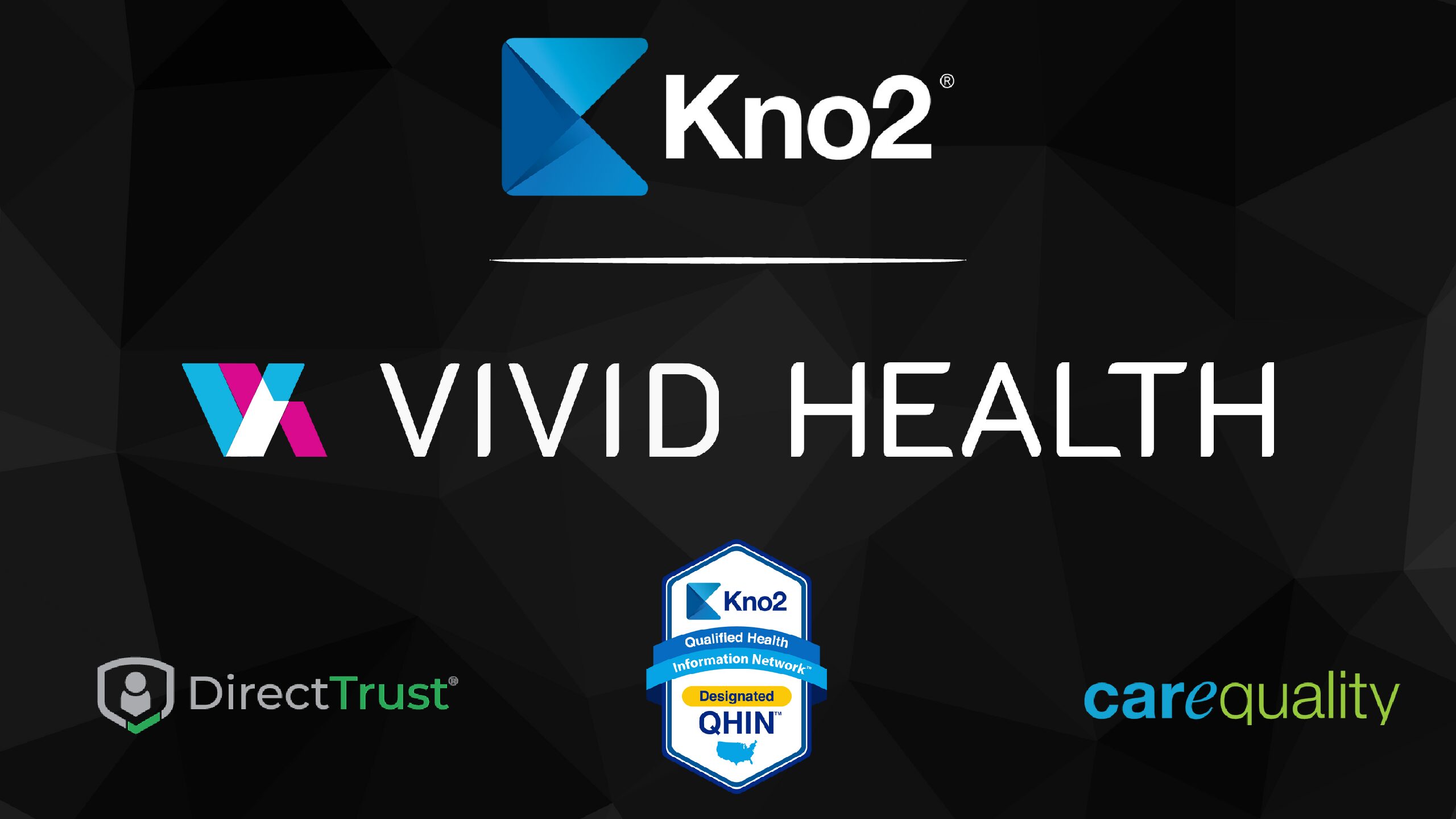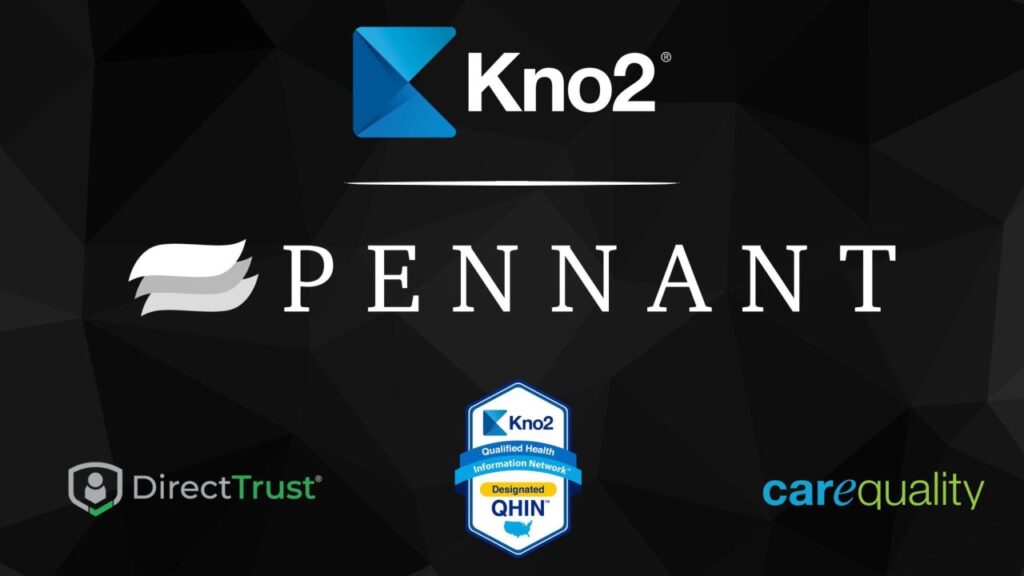We are not going to bash HIEs. Ever. For one, that’s just not now we roll. But secondly, and more importantly, there can be great benefits to health information exchanges. The concept of community and organizational data hubs for healthcare have been pursued for decades, and HIEs have laid a lot of the framework in place today to reimagine and innovate on historical attempts to resolve gaps in care communication. But today, the need and the urgency for rapid deployment of connectivity solutions are more salient than ever. Follow along as we examine a few drivers for moving beyond interoperability and into true care connectivity.
Waving the Banner too soon on Interoperability

If you’ve visited a doctor’s office anytime in the last year, you know exactly how fast-paced and confusing it can be to navigate the current climate of care delivery. The risk of liability is high, the need for up-to-d
ate information is critical and patients are frankly panicked. Expecting a physician or nurse to leave their EHR and log into multiple portals (with multiple usernames and passwords), or click through pages of notes outside of their workflow is going to add more administrative burden to already-taxed professionals. Simply opening up access to PHI (electronic or otherwise) for clinicians right now without consideration for workflow will not invoke or inspire utilization.
When an abundance of data can result in too much information to even process, interoperability falls flat if the user experience isn’t taken into consideration in crafting workflows that are simple, in as few clicks as possible, and delivering views that are meaningful to their practice.
Actionable Data Prioritizes the Care Provider Experience
The use cases and fancy modules for supporting physicians utilizing robust EHRs are far more established than are the solutions typically available for providers who fall outside the prototypical large, well-funded health systems (which is often Ground Zero for HIE activity). But these provider types (and their documentation) are nevertheless critical in the care continuum, especially as incentives for care quality traverse organizational boundaries and disciplines.
True connectivity takes form when patient metrics are served up to providers and their staff, at the point of care, in whatever system of record that’s shaping their experience (or lack thereof, to be fair). This is where we believe that in the pursuit of interoperability (leaning heavily on HIEs and integration-heavy strategies), we’ve forgotten to consider the span of a community providing care for an individual, and the quirks that come with such a diverse care team.
Such variability requires Evidence-based Innovation!
Care Providers Need a Swiss Army Knife for Meaningful Healthcare Data Exchange
We’ll continue to repeat ourselves to make the point that connectivity is only as good as the mechanism’s ability to bring everyone to the table to exchange information. HIEs are at times slightly more accessible than the big EHR players, but it’s still putting the data somewhere else. Leveraging a toolset across a care community to allow providers and their staff to Send, Receive, or Find information with or from other providers is the difference between faux interoperability and the real stuff. This means accommodating cloud faxing, embracing Direct Secure Messaging and allowing providers to query a network of connectivity to locate patient data and exchange it…right then and there in the tools they live in day in and day out.
Clinician burnout is real; technology should enable, inspire, and equip NOT confound providers to capitulate.
True interoperability calls for agility! Creative and flexible connectivity lead healthcare communities to demonstrable results, and we’re here to help you meet the call!






